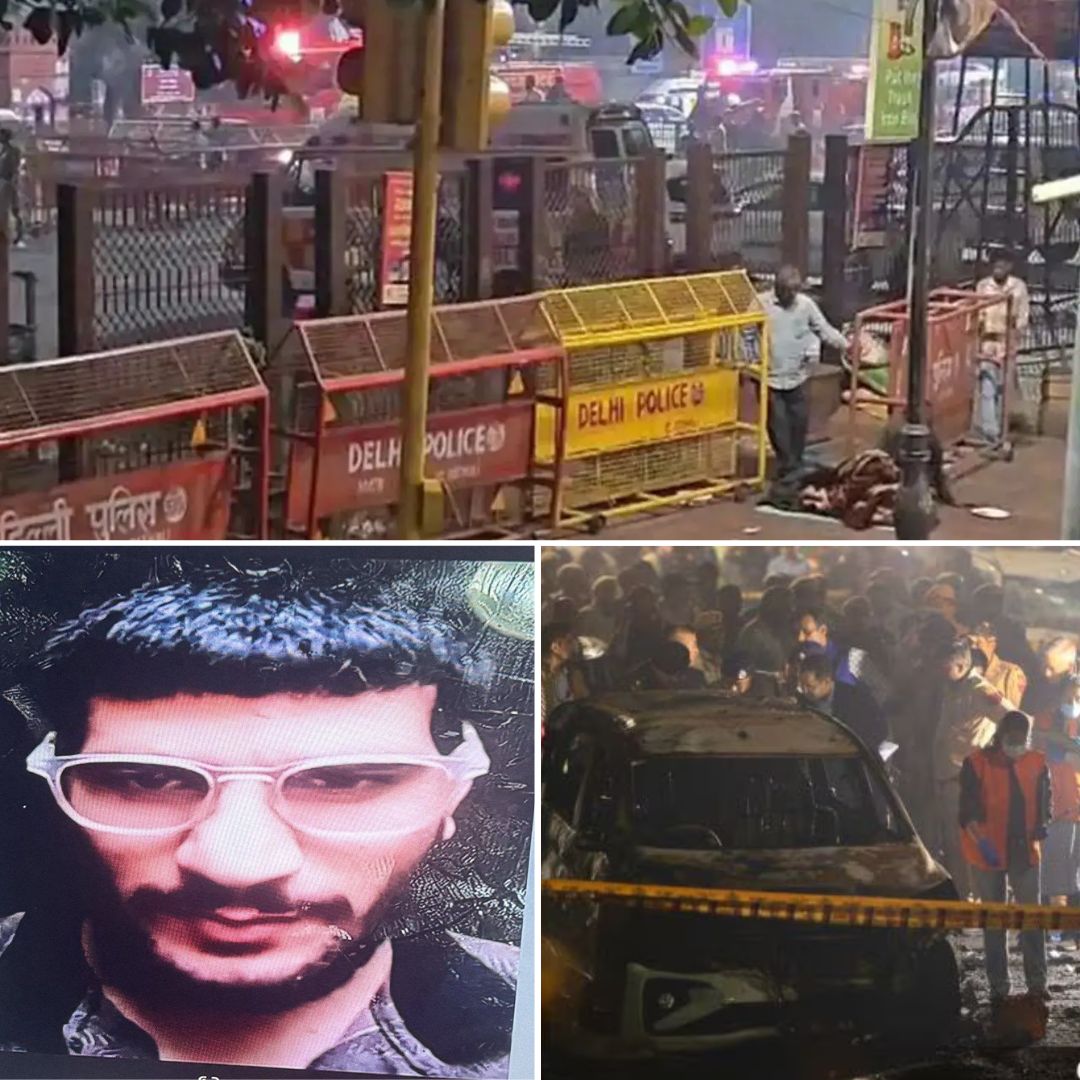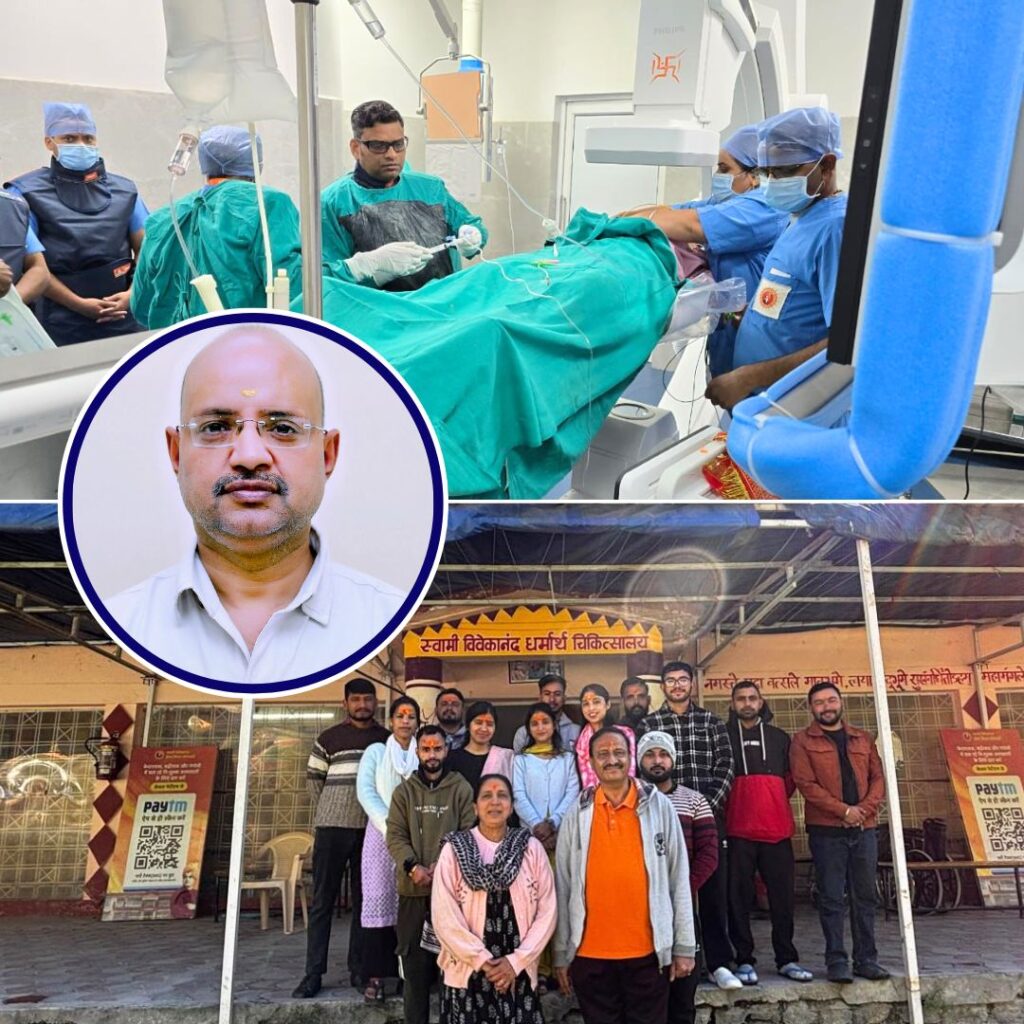A deadly terror attack unfolded near Delhi’s Red Fort on 10 November, leaving 13 dead and over 20 injured. DNA tests identified Dr Umar Nabi, Kashmir based doctor allegedly linked to Jaish-e-Mohammed, as the bomber.
Investigators confirm the attack was initially planned for December 6, the anniversary of the Babri Masjid demolition, but occurred prematurely following arrests within the terror module.
Top officials, including PM Modi and Home Minister Amit Shah, have condemned the incident and promised thorough investigation and justice for victims.
Premeditated Carnage: The Story Unfolds
The tranquility near Delhi’s historic Red Fort was shattered when a white Hyundai i20, loaded with ammonium nitrate and other high-yield explosives, detonated outside Gate 1 of the Red Fort Metro station at 6:52 pm on November 10.
The blast’s ferocity left nine dead at the scene, causing extensive damage to vehicles and injuring scores of bystanders. The ensuing chaos saw emergency services race against time, rescuing the wounded and cordoning off the area for forensic and anti-terror teams.
As news spread, the shockwave rippled nationwide, evoking grief and calls for action. National Investigation Agency (NIA) officials established that the bomb was a vehicle-borne improvised explosive device (VBIED), crafted by a network of professionals connected to JeM and Ansar Ghazwat-ul-Hind.
Plotting Communal Discord: The Babri Masjid Connection
Details emerging from the probe reveal the module planned the attack for December 6, marking the Babri Masjid demolition anniversary. Interrogation reports and seized communications show Umar Nabi and his associates chose the date to “avenge” the historic event, seeking to ignite unrest during a period of heightened communal sensitivity.
Investigators outlined a five-phase conspiracy involving formation of a ‘doctor-led’ terror module, assembling IEDs using raw materials procured from Haryana’s Nuh and Gurugram, and preparing for a series of blasts—not just at Red Fort but at six NCR locations.
Surveillance footage and mobile dump data corroborated recces of high-profile sites dating back to January. The original plan, conceived for Republic Day and Diwali, was reportedly switched to Babri anniversary due to increased vigilance.
The police crackdown-resulting in arrest of key members Dr Mujammil Shakeel and Dr Adil Rather and seizure of 2,900 kg of explosives-forced Umar to advance the detonation out of fear the module would be fully exposed. Before triggering the blast, Umar spent three hours sheltering in a local mosque.
His last known words to friends indicated a planned disappearance post-explosion, suggesting long-term intent to go underground.
Official Response: Investigators and Government Resolve
Within hours of the attack, senior officials including Prime Minister Modi and Home Minister Amit Shah visited hospitals and the blast site, expressing resolve to “hunt down every culprit” and promising zero tolerance for terrorism.
A 10-member NIA team led by Director Vijay Sakhare was constituted to probe the strike, while forensic investigations matched Umar Nabi’s DNA with family samples, confirming his role as the bomber.
The Cabinet Committee on Security convened for an emergency review, adopting a formal resolution to condemn the blast and vowing unwavering commitment to eliminating terrorism.
Statements from opposition leaders-Rahul Gandhi and Arvind Kejriwal-echoed grief and alarm, calling the incident “heartbreaking” and demanding enhanced vigilance and communal harmony.
Security agencies have since widened their probe, tracing finances and communications. The group reportedly raised nearly ₹20 lakh, procured over 20 quintals of NPK fertiliser, and created encrypted chat groups for coordinating operations.
The investigation now spans Delhi, Faridabad, and Srinagar, with all sensitive sites placed under heightened security.
Behind the Network
Prosecutors describe the attackers as “white-collar radicals”-professionals with medical backgrounds, subverting their expertise for violence. The involvement of doctors such as Umar Nabi and Mujammil Shakeel has intensified focus on recruitment patterns and radicalisation within educated circles.
The probe shows early reconnaissance and manufacturing took place in Faridabad, aided by logistical support from NCR residents, and that plans had been repeatedly delayed owing to close police surveillance.
The terror cell operated in small, compartmentalised groups using encrypted chat apps like Signal, raising and distributing funds among members for procurement of arms and explosives.
Al Falah University, where several accused studied, has distanced itself from the incident, pledging support for the investigation and affirming its commitment to peace.
National Reflection: Security, Vigilance, and Social Harmony
The blast has reignited debate around the use of significant communal anniversaries for terror plots, underlining persistent vulnerabilities in urban security.
The swift action by law enforcement and interagency response prevented potentially greater catastrophe, yet the episode has exposed cracks in intelligence and the challenge of detecting “professional” radical networks.
Home Minister Shah and PM Modi have called for renewed strategic cooperation, technological upgrades in surveillance, and stronger public awareness campaigns to combat radicalisation.
Civil society groups have organised vigils for victims and called for robust assistance to survivors and affected families.
The Logical Indian’s Perspective
This tragedy stands as a stark warning against the dangers of hatred exploited by terror outfits seeking to magnify fissures in society.
The Logical Indian calls for the nation to stand united-refusing to be divided by manufactured discord and pledging solidarity with victims. Justice must be pursued with rigour, but always in the spirit of peace, empathy, and fairness.
As the investigation continues, let us reaffirm our commitment to coexistence and take proactive steps to counter radicalisation-whether through education, community vigilance, or interfaith dialogue.












